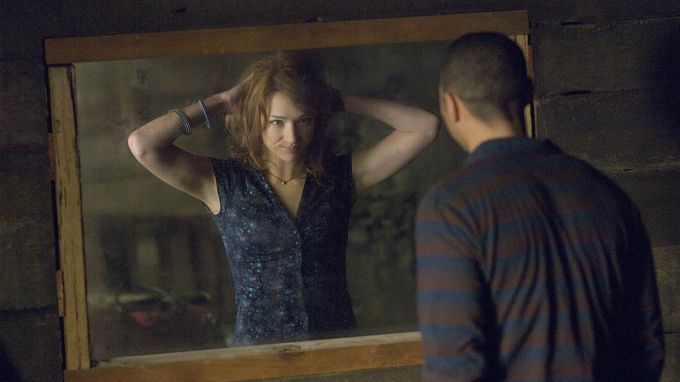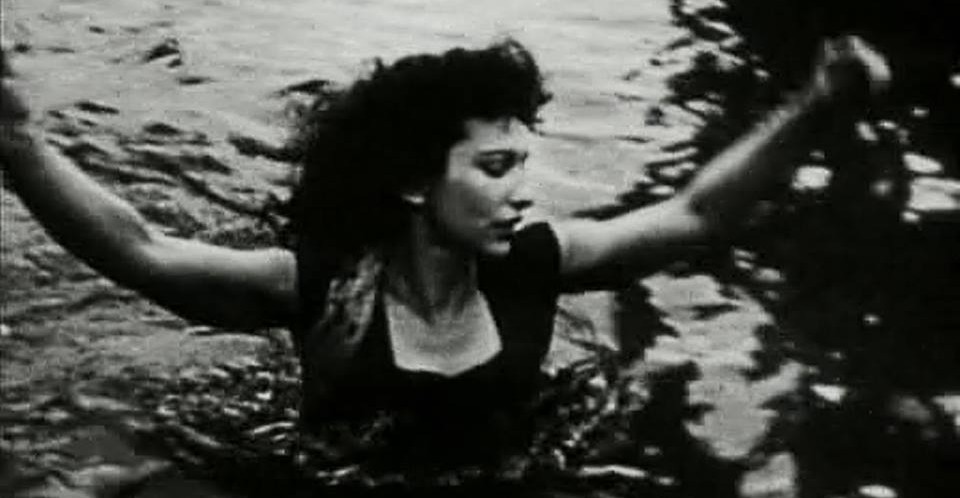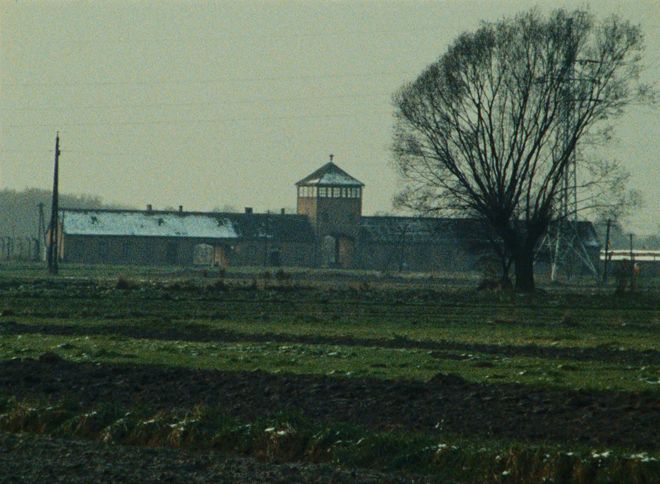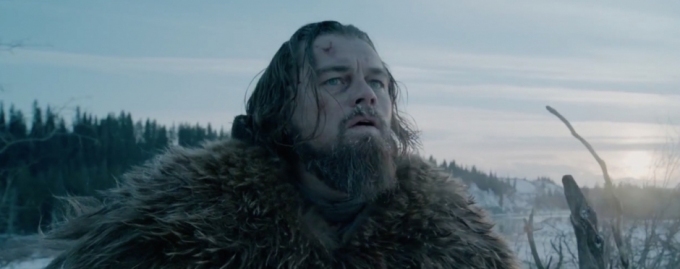
The genre film’s genesis – indeed, its very ontology – is, by many standards, some of the clearest and most compelling evidence of the dialectical process at work. The western, the musical, the gangster, the romcom, the horror are all formed and established in a system of dialogues between studios and spectators, manifesting as individual films and as cinema attendance/ticket sales/reviews. And yet, what sounds like a system of refinery holds many elements of inherent vice. Consider the Nightmare On Elm Street series: what began as a genuinely scary film inspired sequels which established a franchise. Franchisement made Freddy Krueger a recognisable household name, even to children far too young to watch the movies, which consequently quickly established the need for Freddy to become and increasingly comedic and even cuddly character, reliant on one-liners, and an ever further far cry from the vengeful ghost of a child rapist, acting as the manifestation of genealogical trauma.
The Cabin in the Woods is, first and foremost, a thinly veiled metaphor for just how hard it is to make a good horror film in the 21st Century. The “sacrifice” that appears to be effectively a standard horror film has at its core a triangle of tension, whose points are adherence to the pre-established generic formula, freshness and adaptability to change, and plausibility. We notice quickly how, in order to present a narrative supposedly more “relatable” to us, the complexity of humanity is coercively voided in favour of one-dimensional archetypes through psychotropic chemistry that would turn Curt (Chris Hemsworth) an eloquent Sociology major who happens to be sporty into a testosterone-fuelled jock who refers to his own friends as “eggheads.” The reliance on the kids’ “free will” and “choosing” is consistently re-mentioned by the senior technicians, and yet their hand is forced in ever-increasingly implausible ways.
Indeed, several of the deaths are distinctly unsatisfactory – not least of all Curt’s crashing into an invisible forcefield – indeed, into the second half, the Director seems content simply to send a SWAT team to shoot Marty (Fran Kranz), just to get the job done. This is effectively the problem with the genre format, as revealed by Cabin formulae being demanded inevitably leads to desensitisation, which leads to shortcuts, which leads to the formulae not being adhered to, after all. We may consider again the “free choice” given to the kids through various items put in the basement to invoke unwittingly one horror or another, all of whom we later encounter in the second half of the film. Save for the “Zombie Redneck Torture Family,” which of the other monsters would have actually made any sense at all in a cabin in the woods? Certainly not the giant cobra, the murderous clown, the buzzsaw-wielding robot straight out of Chopping Mall… The necessity for adherence to tropes as part of the sacrifice paints the process into a corner of reasonable plausibility, with a tragically untapped well of potential, as represented by senior technician Hadley (Bradley Whitford)’s constant disappointment at never seeing a merman.
It was with a similar disappointment that I responded to Cabin the first time I saw it but, with each rewatch, I am further impressed by the extent to which it acts as film-as-film-criticism. A significant development on Scream which simply employs a character to straight-up tell an audience the “rules” of being in a horror film, Cabin manages to lambast them. What it provides instead is, arguably, not all that much, which is why seeing it as I did most recently as the first film in a movie marathon (immediately followed by You’re Next, Get Out, Kill List, The Babadook and It Follows) was such a perfect way to experience it. Ultimately, Cabin‘s status as horror critique first and horror film second means it can never be perfect; it is, however, a legitimate, engaging and deeply funny set-up for what I consider to be the horror golden age we are currently experiencing.
⭐⭐⭐⭐


